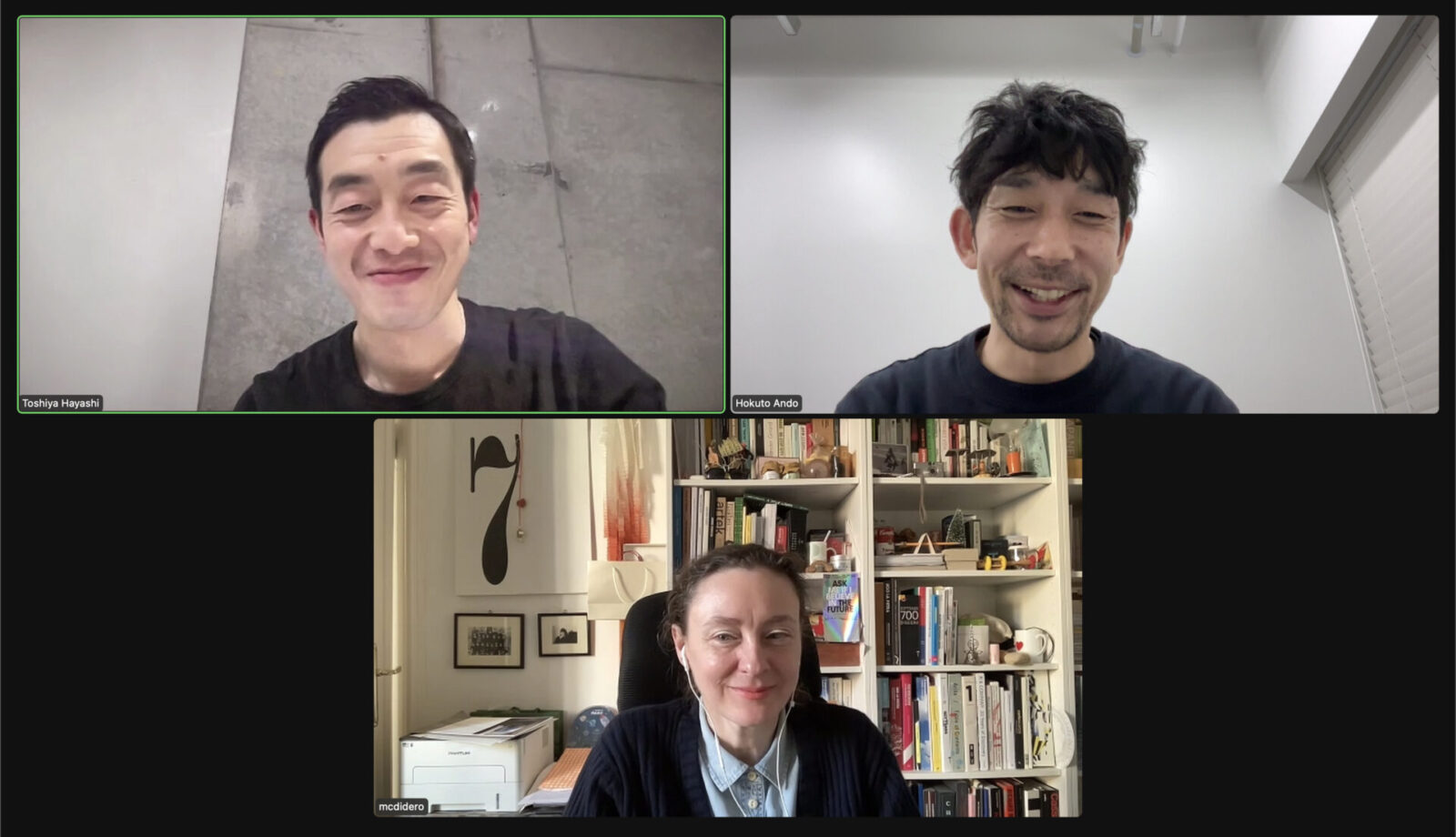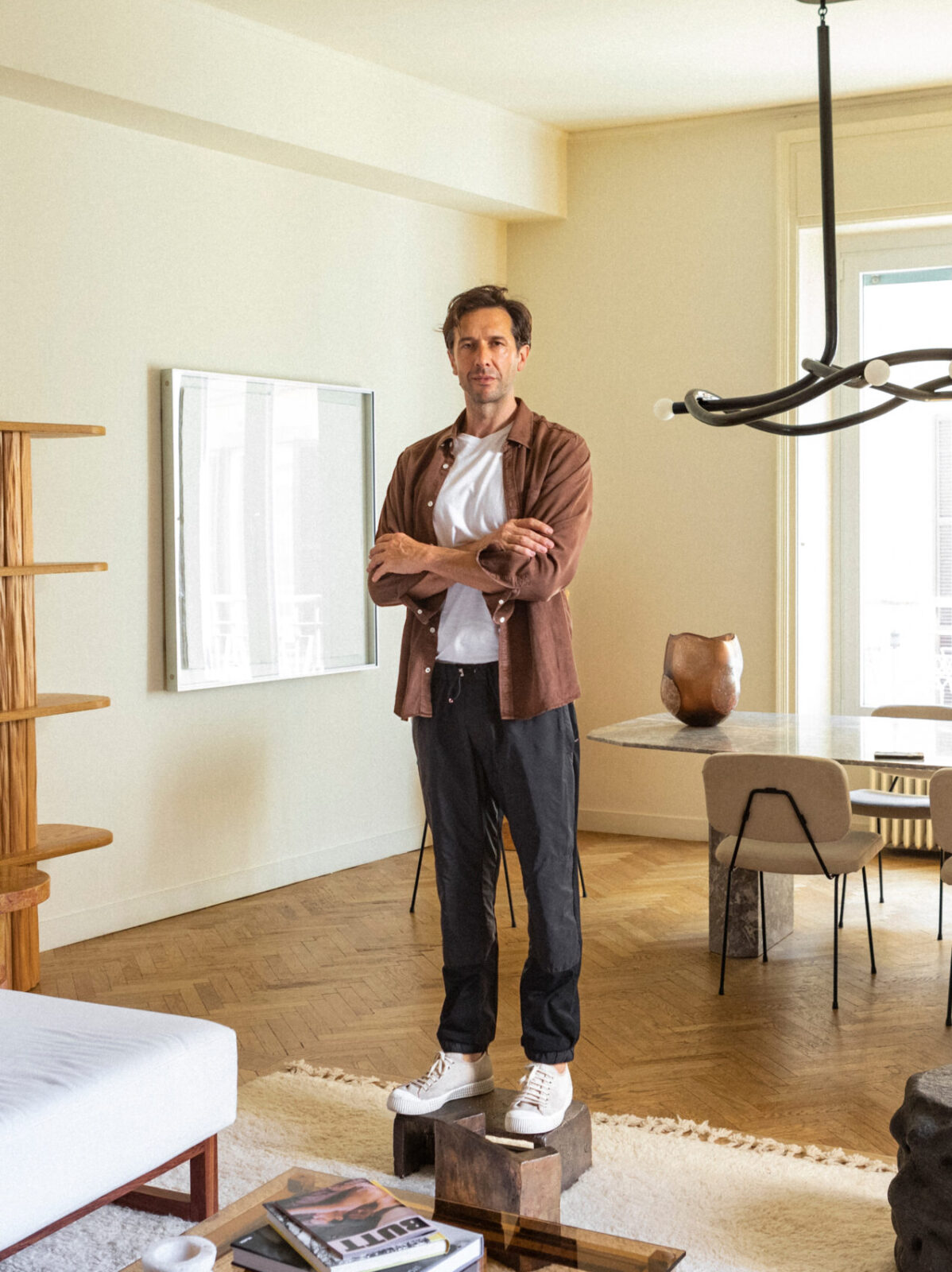Maria Cristina Didero
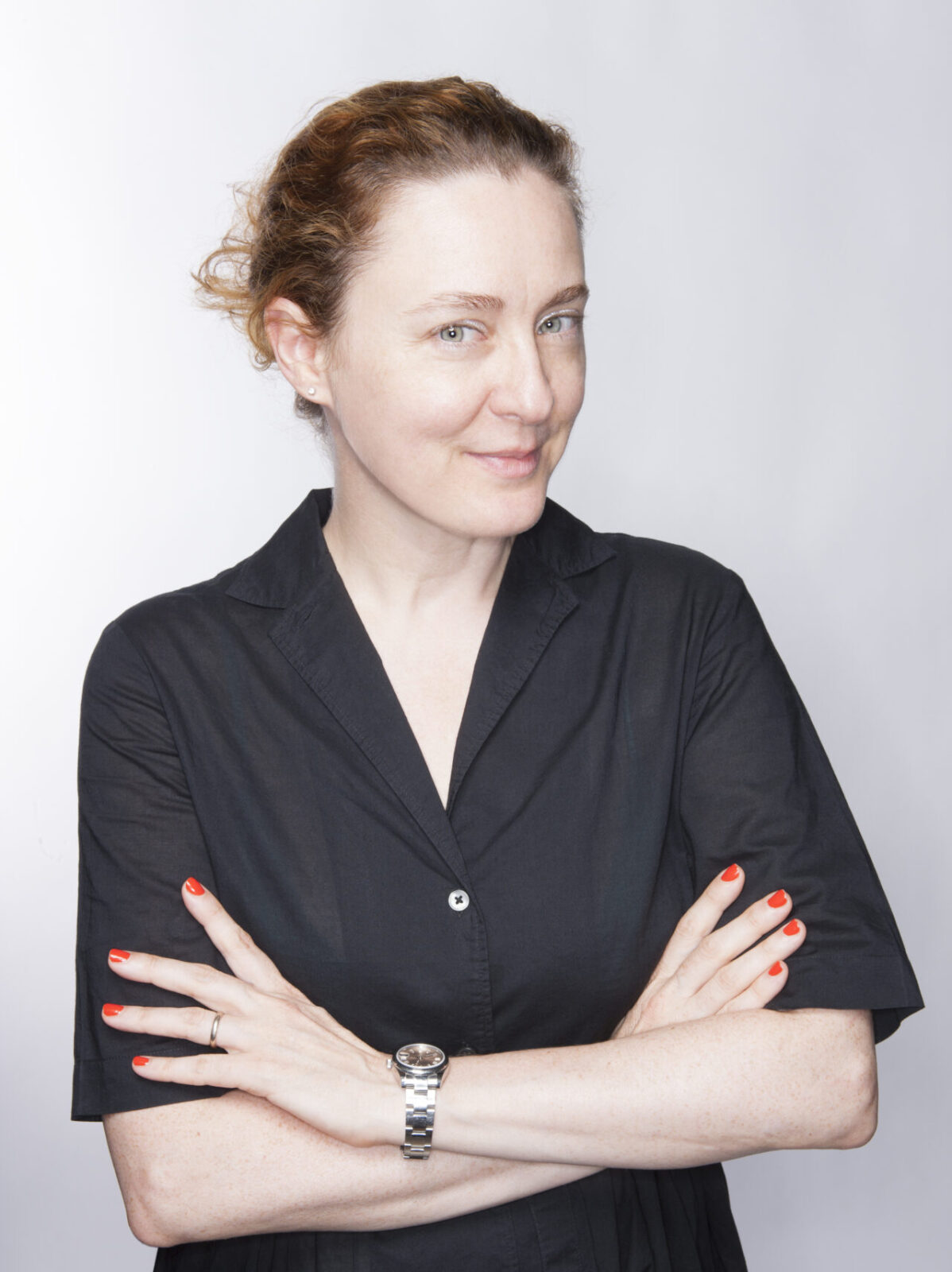
This time, our guest is Maria Cristina Didero, a design curator, consultant, and author, who leads the design scene in various roles. Based in Milan, she has curated numerous international exhibitions and provided consulting services for global companies such as Vitra, Fritz Hansen, Lexus, Louis Vuitton, and more. Having met her when we exhibited at Design Miami/, the international design fair for which she covered the role of the curatorial director for the year 2022, with the overarching thematic The Golden Age. Since then, we have received advice in various aspects, making her like an older sister figure for we+ in Italy.
- Maria Cristina Didero
Maria Cristina Didero is an independent design curator, consultant and author, who has collaborated with different magazines and contributed to many publications; she is currently covering the role of Milan editor for Wallapeper magazine. Didero has consulted for companies such as Vitra, Fritz Hansen, Lexus, Fendi, Louis Vuitton, Valextra among others. Based in Milan, MC works internationally, curating exhibitions for institutions. In January 2022 she was appointed Curatorial Director of Design Miami/ for Basel Paris and Miami Beach fairs.
The Profession of Curator, Once Low in Visibility
Thank you for inviting me to the interview today.
I’m delighted to have this opportunity for an interview as well. To start off, why did you decide to become a design curator?
I didn’t originally set out to become a design curator. My major in university was philosophy and history. Although I had an interest in literature, architecture, and design, at that time, the role of a curator wasn’t well-known, not only in Italy. I had no idea how to become one. After graduation, I started working as a journalist. I still serve as the Milan editor for Wallpaper magazine. I gradually began planning exhibitions as over time, as the profession of a curator gained recognition, The work with the Vitra Design Museum started around that period and lasted for 14 years. However, even during that time, when I tried to explain my job to relatives during Christmas dinner, they couldn’t grasp it.
Even now, if someone aspires to become a design curator, is it natural to build a career as a journalist or writer while transitioning into a curator role?
The times have indeed changed. For about the past ten years, curatorial training programs have been established in schools, and support from museums and workshops has become beneficial for young individuals aspiring to become curators. However, being a curator requires having a unique vision, understanding how to perceive design, and knowing what one wants to achieve, making it something not everyone can do. When it comes to curating, one needs to attend as many exhibitions as possible, collect information, and understand the subject and the pieces, contemplating what is most important and what they want to grasp from these experiences.
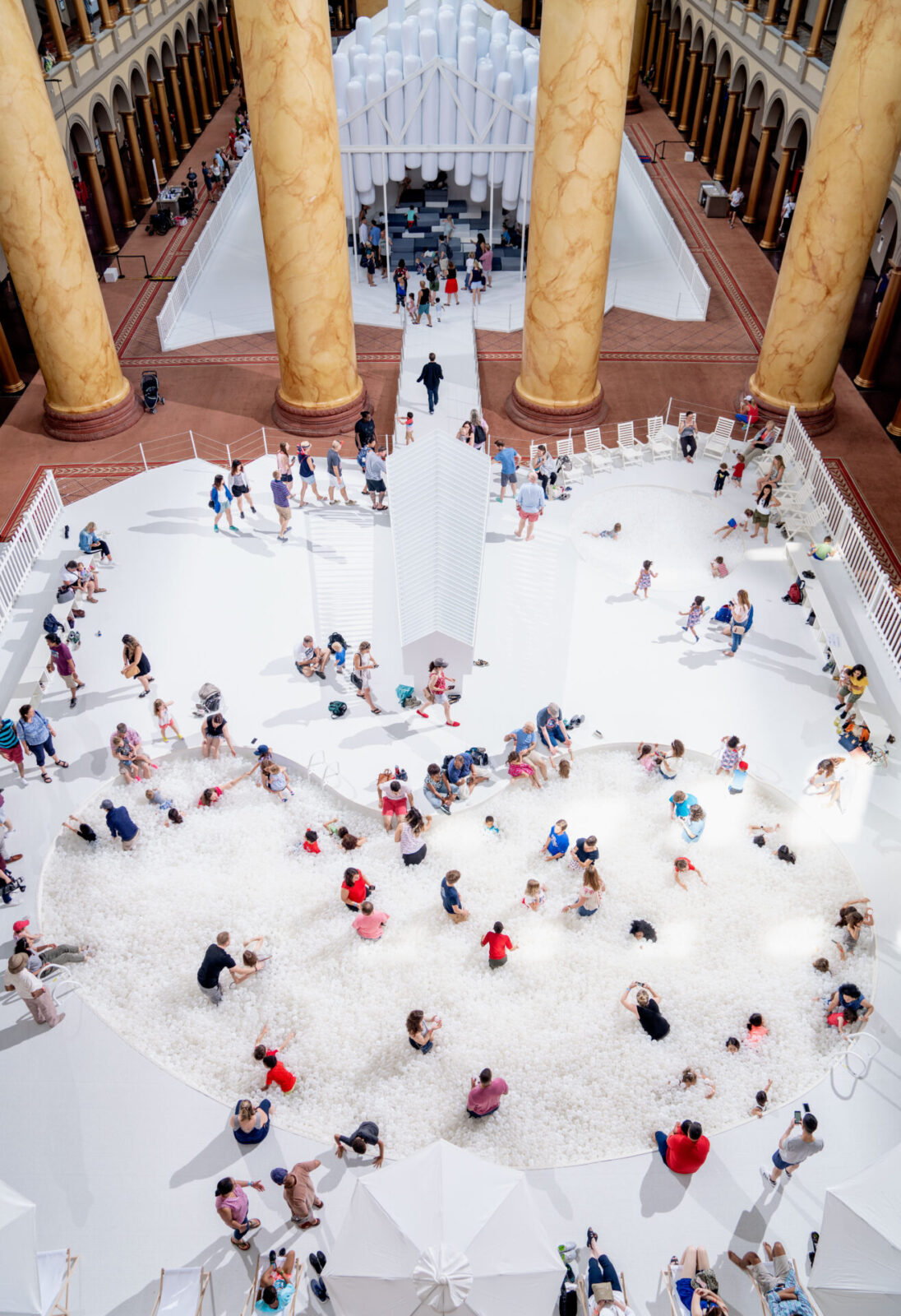
Curators open exhibitions to the outside world
Why have curators become more important than before?
That’s a tricky question. Some people think curators play a more prominent role than designers, but I don’t agree. There are strong curators with a robust vision who drive projects forward, but, for me, the most important thing is the designers themselves and their activities, weaving narratives and communicating them. It’s about making exhibitions that resonate with everyone, not just within the design industry. If it’s not open to the outside, there’s no growth; it ends in self-satisfaction. I’ve engaged in numerous dialogues with designers, building relationships through collaboration. Curators aren’t there to flatter the designers but to provide critique, bring up issues, and, most importantly, to understand and share. Projects evolve when various perspectives come into play.
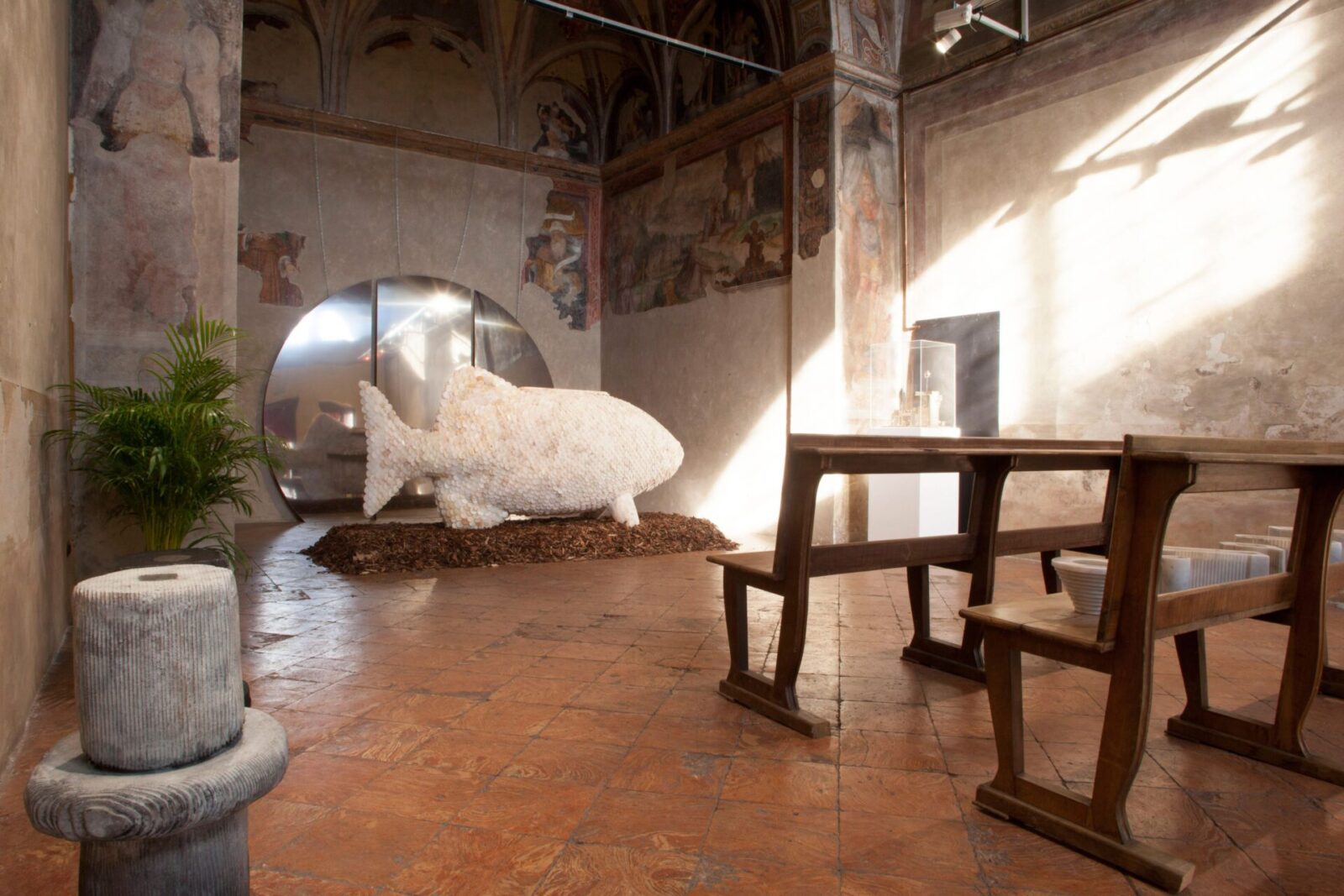
Is it the idea of creating something together with a designer through conversation? Do other curators also work in a similar style?
There are many curators with different approaches, and they also do very well, but my approach emphasizes what comes before the object. Of course, the final object itself is important, but I’m very interested in why it was created, and what led to its creation. For example, in the case of we+, I appreciate your work ‘Haze’ that uses discarded copper wire, but I’m interested not only in the work itself but also in the research behind it, the thoughts and mind you had before creating the work.
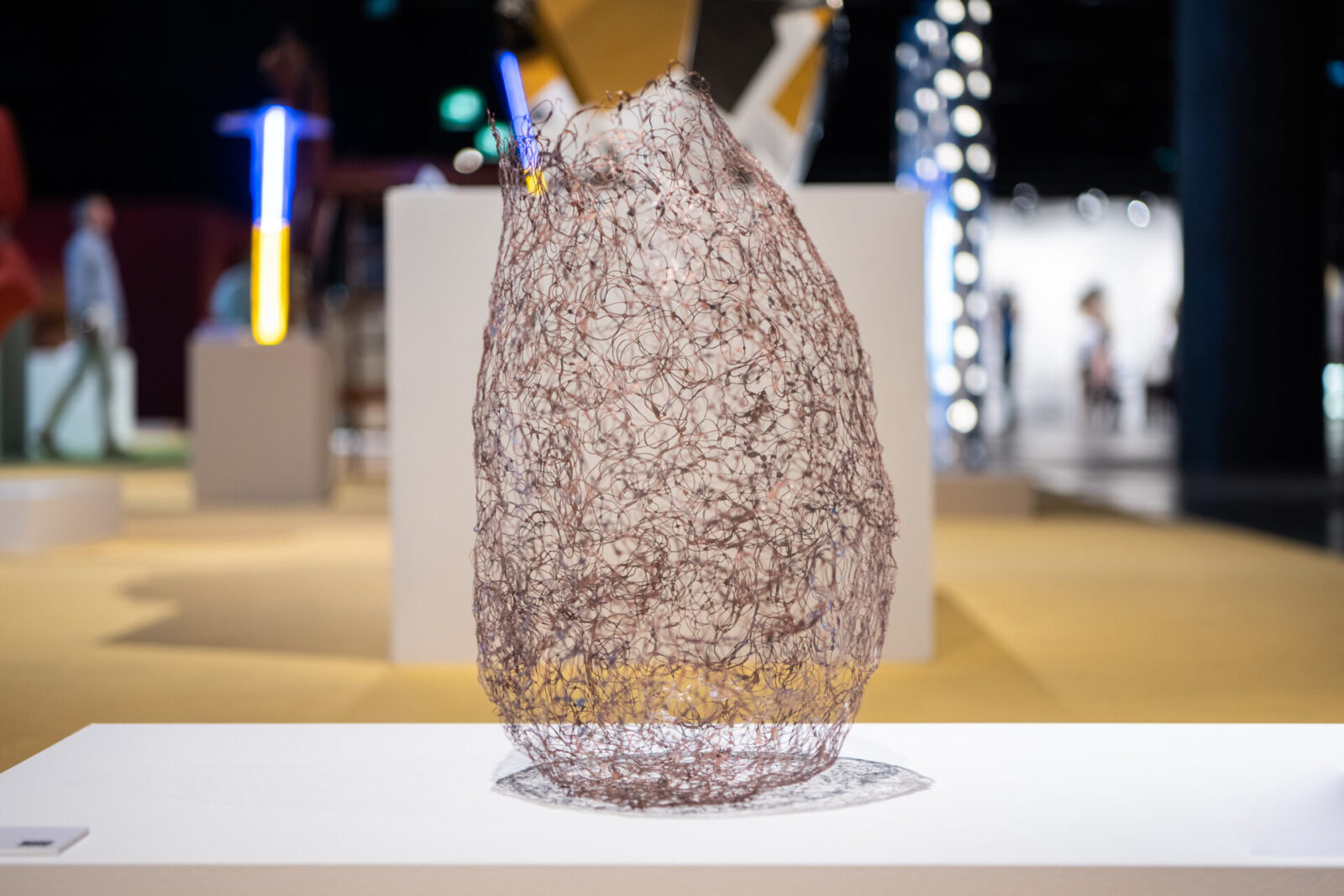
Valuing the Designers’ Thoughts and their Activities
Trends are one of the most important matters for designers and curators, what do you think are the current trends?
For example, unfinished objects or raw materials projects might be a current trend, and I also like them, but to be honest, I don’t like ‘trends’. Over the past five years, there have been similar movements, and there are many works that are brutally empty objects. While trends have the good aspect of establishing new values, I am not very interested in them. I am more interested in the personal approach of designers. I have never changed my curation approach based on trends, and I don’t pick up new designers just because they are influenced by trends. I think school education is good, but students look up to their master and draw inspiration from them, which may lead to similar works being created and becoming trends. On the other hand, what you call the ‘classics’ are international design icons that remain green and flourish forever.
Now, changing the angle of the question, have your interests changed in the past ten years?
That’s a good question. It may have changed a bit, but not so much to me. What I want to cherish is the designers—the reasons and methods behind their creations. I have been involved in many projects related to the Italian design movement, Radical Design, from the 1960s to the late 1970s, and I believe their approach aligns closely with mine. The works are very sculptural yet convey the story behind them. It was a time of fights for human rights in Italy and all over the world. The works reflect the architects’ social and political experiences, and the context of the era flows through them.
I am also concerned about the sustainability of an object. Unfortunately, the Earth is in a difficult state right now. All over the places, many designers have used polluting materials that contribute to environmental damage. Now we understand that it was not a good thing, but back then, people were not aware. Projects have multiple aspects, and I think sustainability has become crucial in recent years.
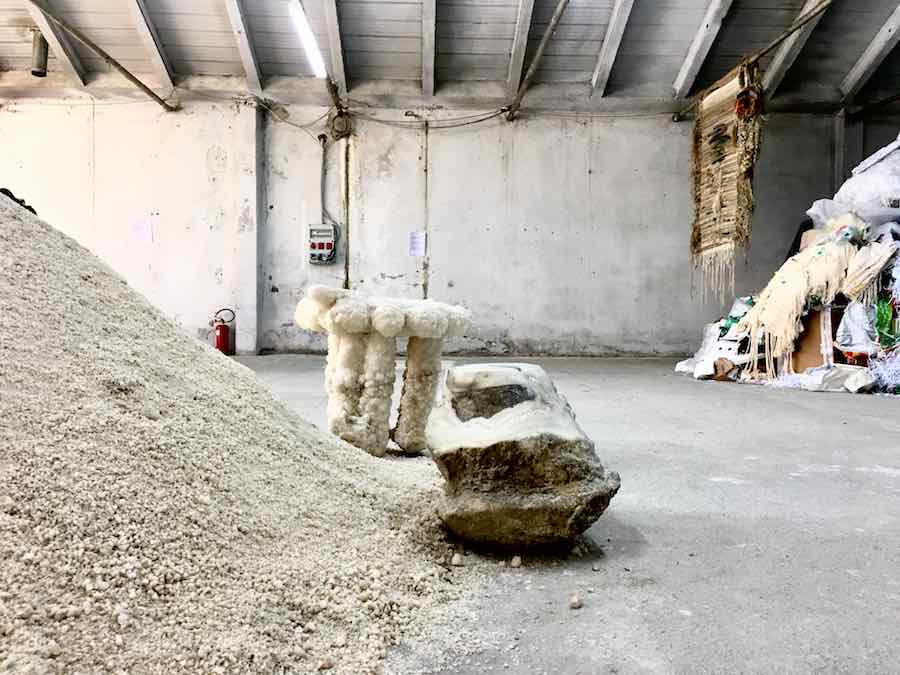
Trusted Designers Bring New Information
How do you find new talent?
I do research a lot, and of course, I visit exhibitions and other events. I receive a lot of information from trusted friends, especially designers I’ve collaborated with in the past. Designers have a sharp perspective when it comes to other designers, so I often rely on them for insights.
You work with nendo and other Japanese designers, what is your feeling towards Japanese designers and the design scene?
I curated an exhibition of nendo titled ‘The Space in Between’ at the Holon Design Museum in 2017, it was his first museum-like exhibition ever. I’ve also collaborated with Nao Tamura, based in New York, on a Design Miami/ satellite project, called Sun Shower, which I co-curated together with Aric Chen. Currently, I’m working on a project in Japan with Hideki Yoshimoto from Tangent. Although I’ve visited Japan numerous times in business and private, I always feel how lucky the Japanese are. The passion for detail, the spirit of exploration, aesthetics, and human relationships make Japan a fascinating country. Its traditions and culture are undeniably one of the most magnetic globally. The potential and innovative spirit of Japan continues to inspire many.
What about other Asian countries such as China and Taiwan?
About 15 years ago, I worked on a project for the King of Thailand in Milan. It was an opportunity to experience design of Thailand, especially in the extensive use of bamboo. Also, for the past two years, I have been involved in a project that introduces Singaporean designers curated by me and Tony Chambers at Milan Design Week. This year, at Milan Design Week, I’m also working on several other projects. One of them involves collaborating with Indian designer Gunjan Gupta from New Delhi. We are recreating an Indian supermarket experience, focusing on creating tableware under the theme of democratic collections. She has always worked with collectible design, so while her pieces may be more expensive compared to mass-market items, they are still affordable items that blend sophistication with everyday usability.
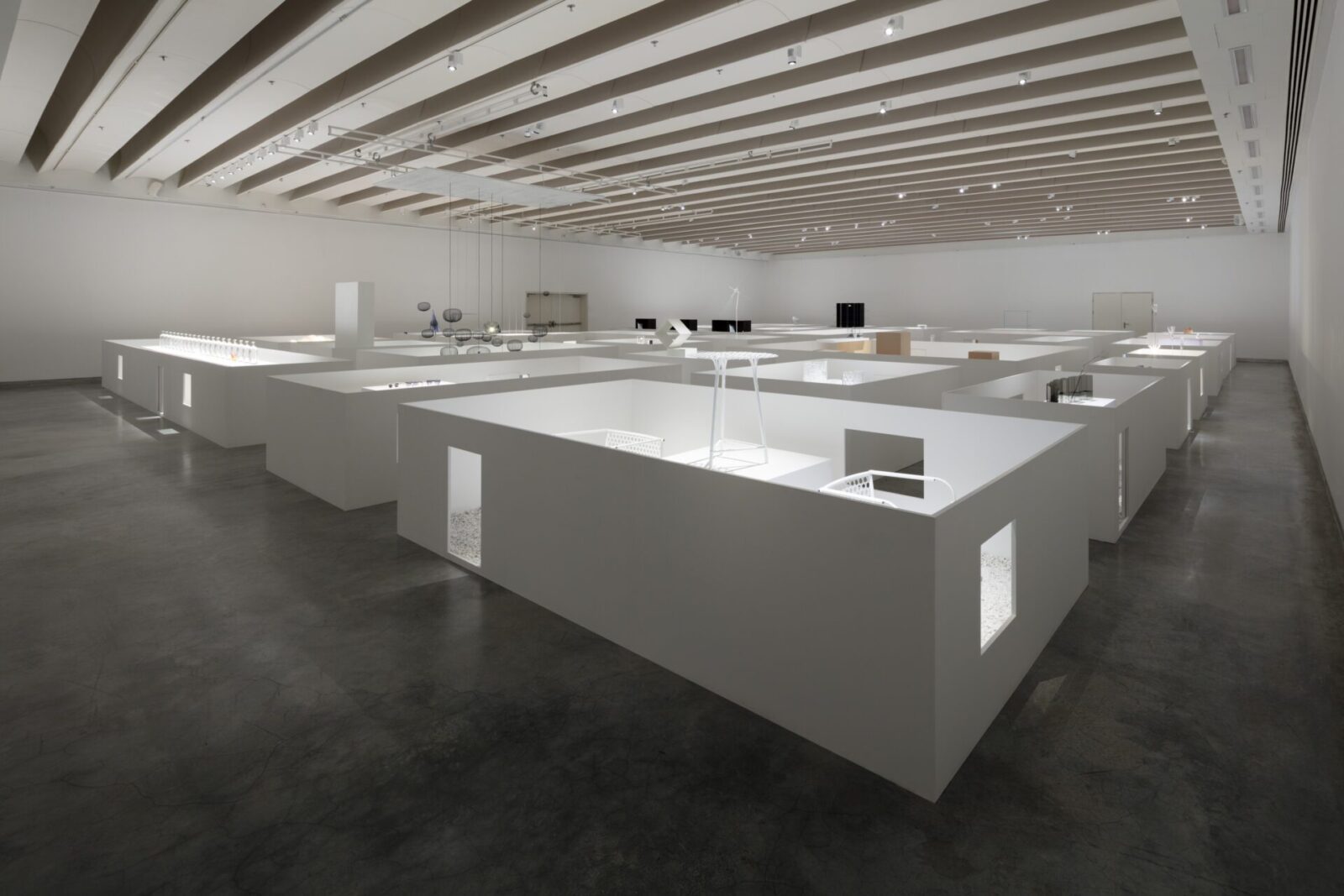
Growing Interest in Sustainability
How do you see contemporary and collectible design changing in the future?
I don’t have a crystal ball, but just as everything continues to change, contemporary design is bound to change as well. I believe the concern for sustainability will continue to grow. Understanding how to reach the resources and how products are made will become a high priority of everything that we build, not just limited to furniture but also extending to architecture.
Yes, by the way, Japan does not have a large market for contemporary design compared to the West, why do you think this is?
It might sound like a joke, but it seems that people in Japan are surrounded by beautiful things, everything is well-preserved, and there is harmony, so perhaps they don’t feel the need for more. While Japan does have some design galleries that deal with collectible design in a very good way, they are indeed relatively few. By the way, in Europe, America, and the Middle East, the collectible enthusiasts are dedicated to design fairs. Does Tokyo also have design fairs?
Tokyo also has a Design Week, but not in the form of Design Miami. Also, I think there are many art collectors in Japan, but I don’t think they collect up to design pieces.
Perhaps contemporary design is still not well recognized.
Tokyo Design Week is in October, right? Then why don’t we do something together?
That sounds great, I would love to do that. Thank you very much for today. Finally, please give us a message for the readers?
I would like to say that you are so lucky to live in such a great country!
